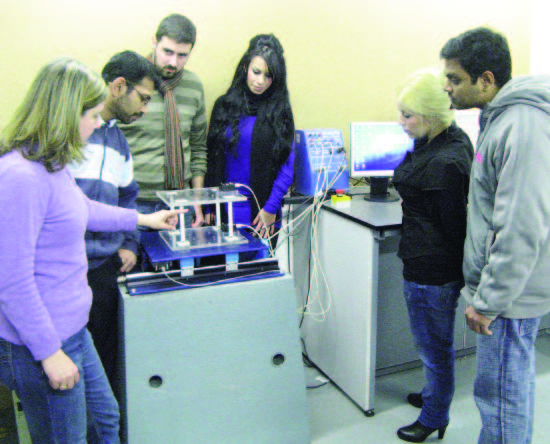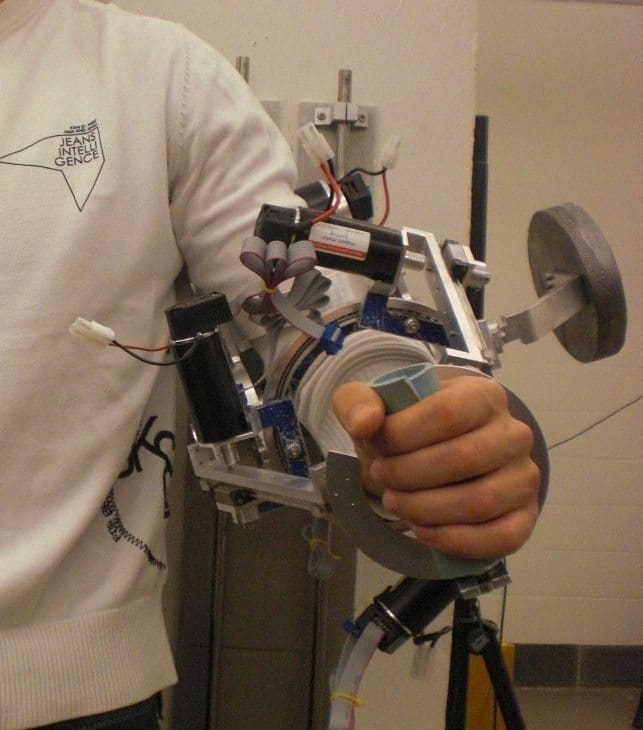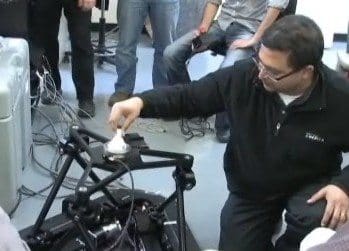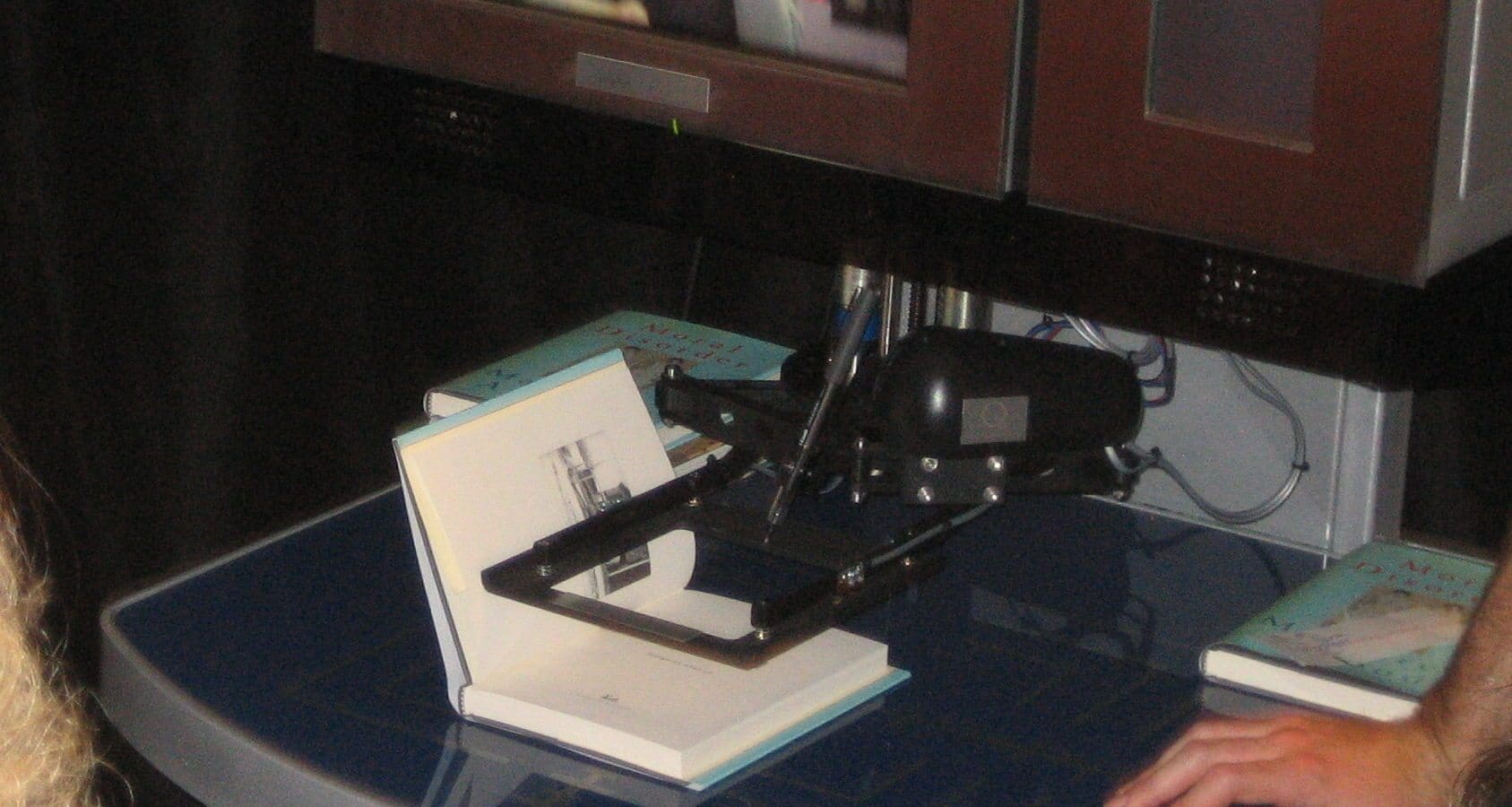
The teaching of structural dynamics and earthquake engineering presents a range of problems, not least the very complexity of the concepts involved. A Quanser Shake Table II is helping academics at the University of East London to communicate those concepts and to demonstrate the dynamic and seismic responses of structures, without the need for building large-scale prototypes. This also offers the opportunity for improving students’ experience of ‘real world’ engineering.
Challenge
Based at the ultra-modern Docklands campus of the University, the School of Architecture, Computing, and Engineering (ACE) combines civil engineering and surveying, computing, electrical and electronic engineering and product design with a diverse range of undergraduate and postgraduate courses serving around 4,500 students from more than 100 countries. With many students returning to areas affected by seismic activity, the skills and knowledge gained at ACE is invaluable not only to their careers but also the integrity of buildings and structures around the world that they will be building in the future.
Facilitating the study of complex concepts
Post-graduate courses in civil and structural engineering require a high level of understanding and capability, particularly in the control of structural dynamics and engineering of structures for resistance to the effects of earthquakes. The Shake Table – one of Quanser’s wide range of teaching and research aids for real-time control design – is a portable device that can replicate powerful tremors and quakes, facilitating the study of complex and multiple effects in experiments and allowing modification of structural design in a timely and cost-efficient manner.
Solution
Ideal tool for experimentation in teaching and research labs
Senior Lecturer at ACE, Dr. Mihaela Anca Ciupala, has been more than pleased with the opportunities opened up to her students by using the Table. “Teaching the concepts of structural dynamics and earthquake engineering is not easy, as many of these concepts are quite complex. The use of the Shake Table is an excellent opportunity to show theory in action so that the students will have a better understanding of the issues
and problems involved.
“What’s more, the study of the dynamic and seismic response of structures using large-scale models, or prototypes, with large-scale shaking platforms, is very expensive in terms of cost and time and is not easy to accomplish. “Therefore, the Quanser Shake Table is ideal for teaching purposes as it is easy to use, accessible, portable and it has a simple software operation, helping a large number of students to understand and complete projects in a relatively short time.”
Result
Expanding research opportunities
The table is used in a number of study areas, including the determination of natural frequencies in multi-DOF structures, and the seismic response of building frames. As well as providing students with hands-on experimental experience and a better understanding of theoretical concepts presented in ACE’s Civil Engineering courses, the Shake Table has enabled research possibilities into such areas as the seismic response of base-isolated structures and soil-structure
interaction.
The success of the Shake Table in teaching has opened up more opportunities and, in the future, Dr. Ciupala believes it will make a greater contribution to research activities at ACE. “We have such confidence in the capability and reliability of the Shake Table.”


